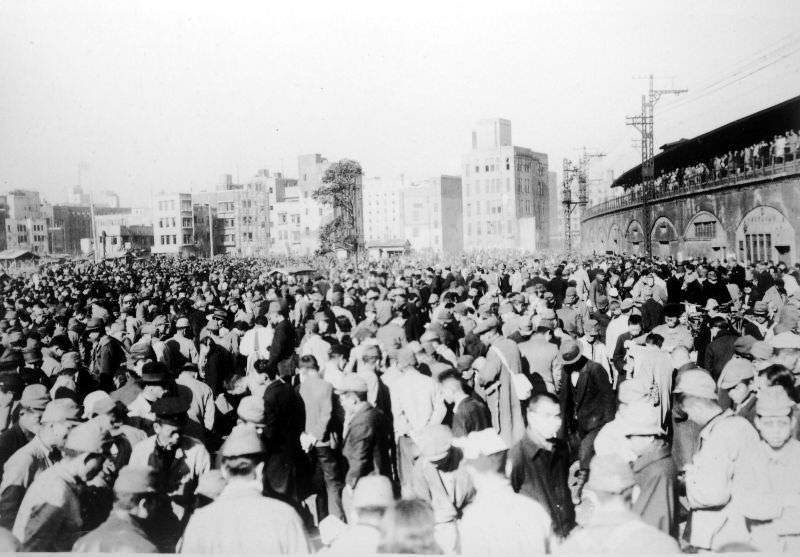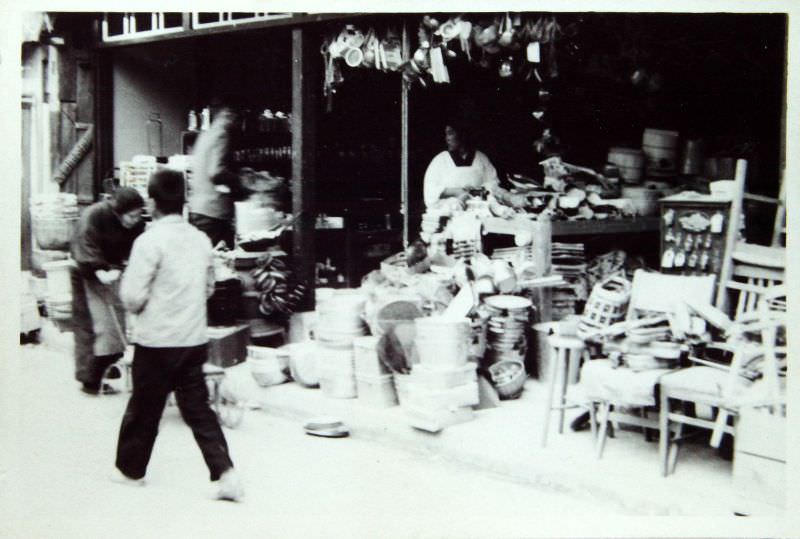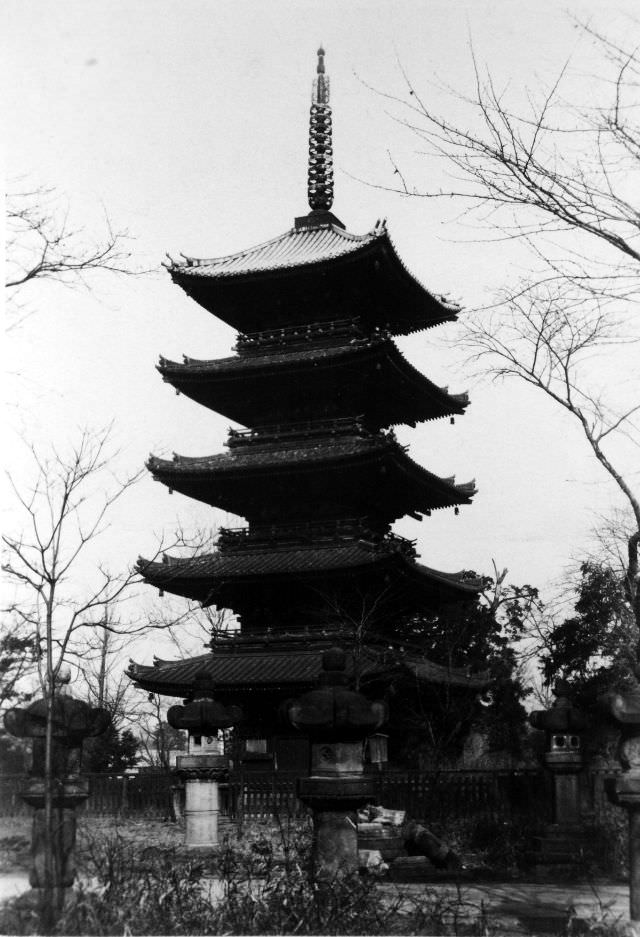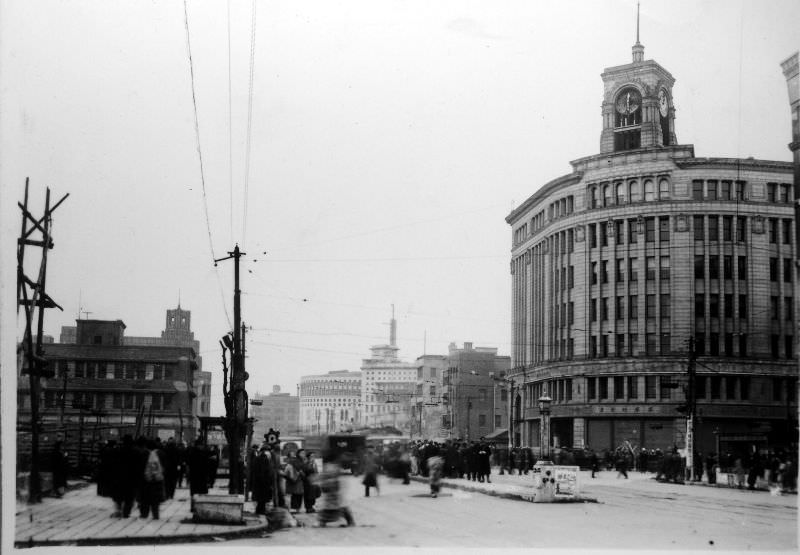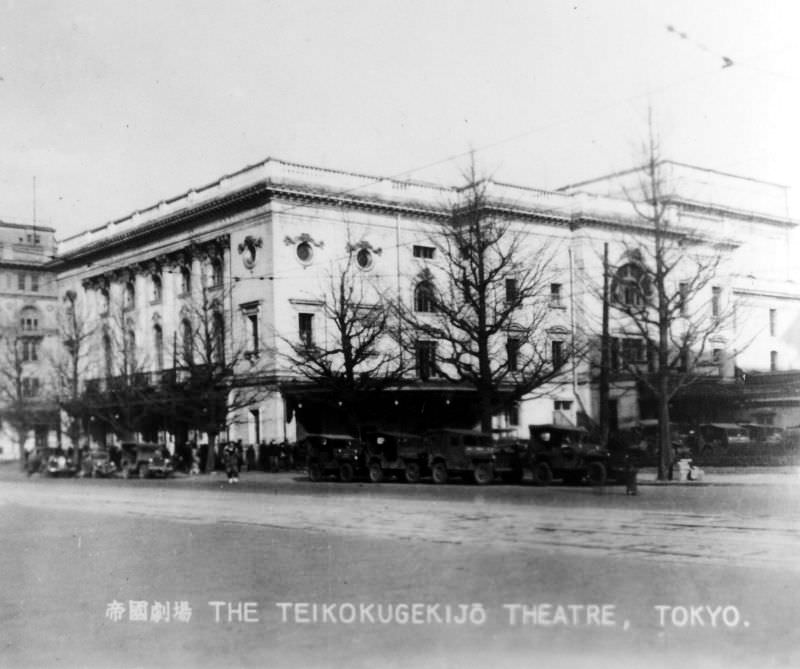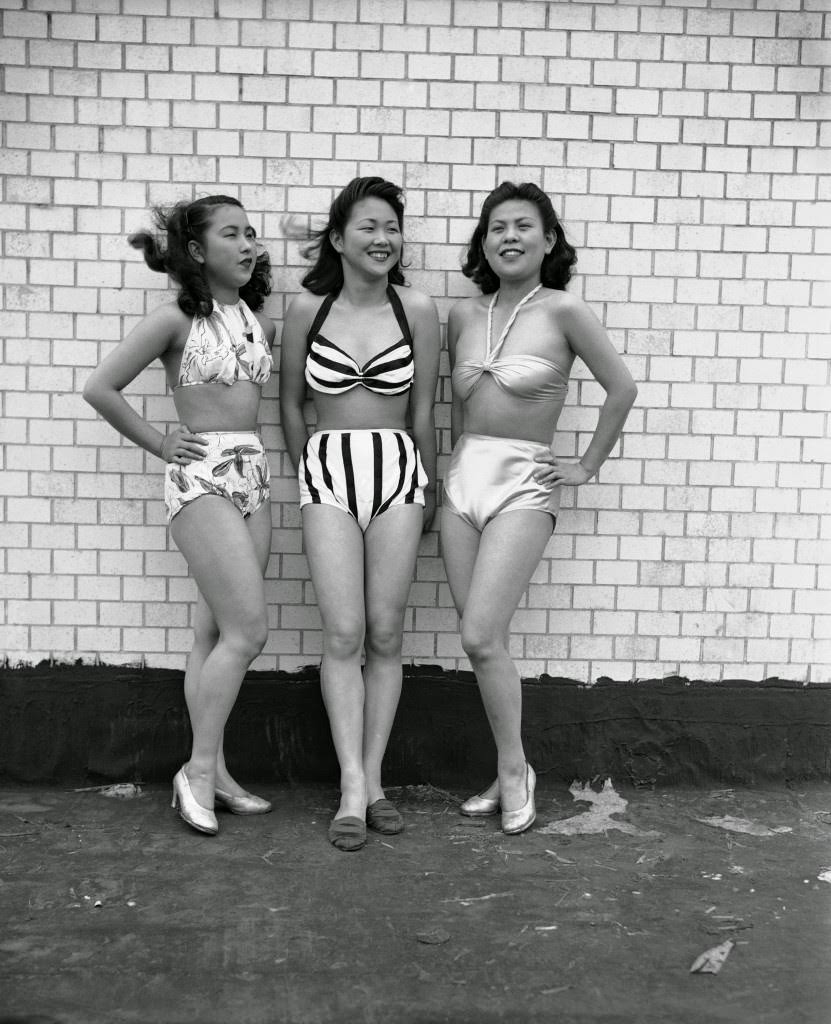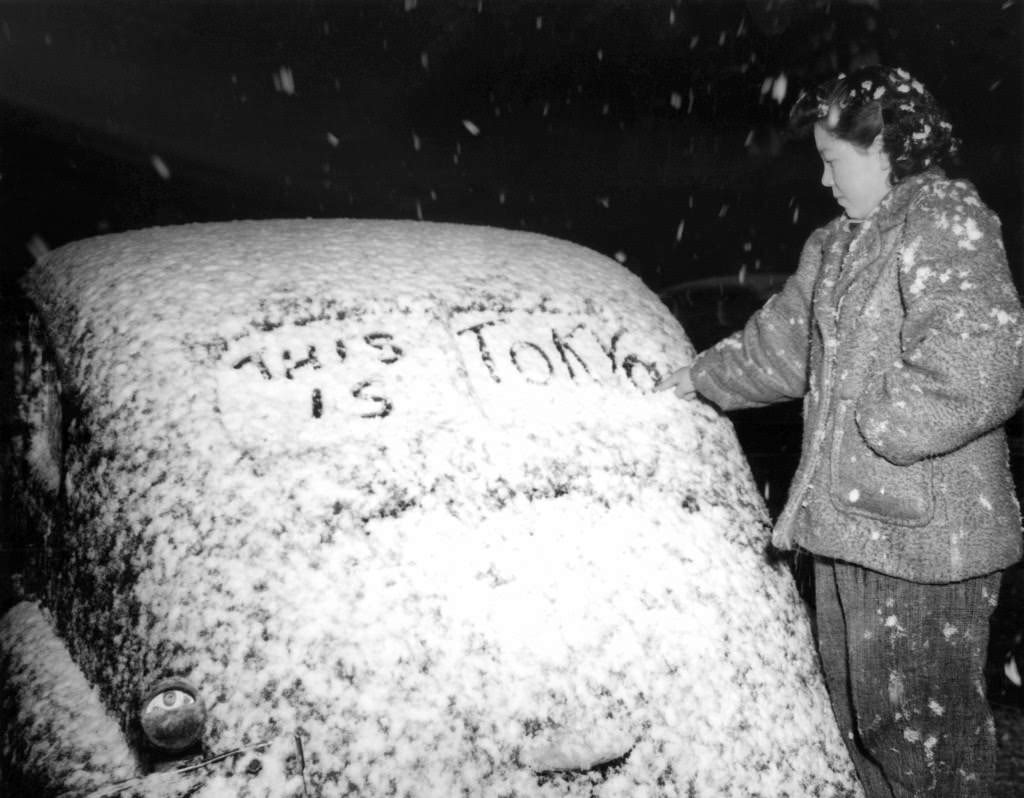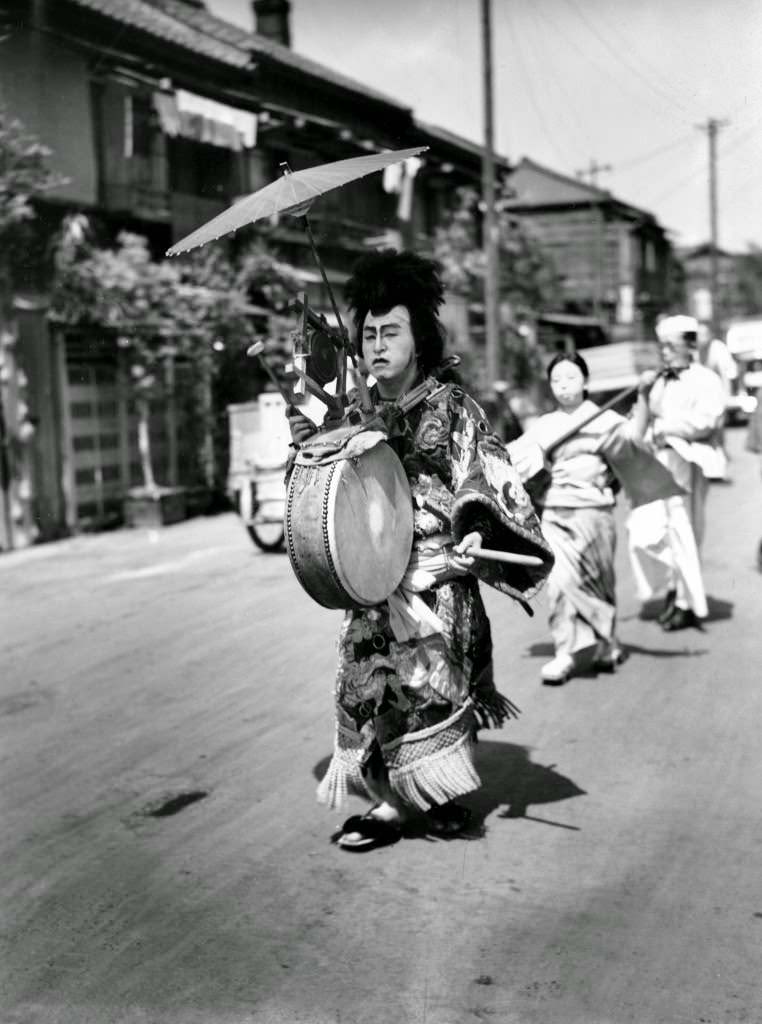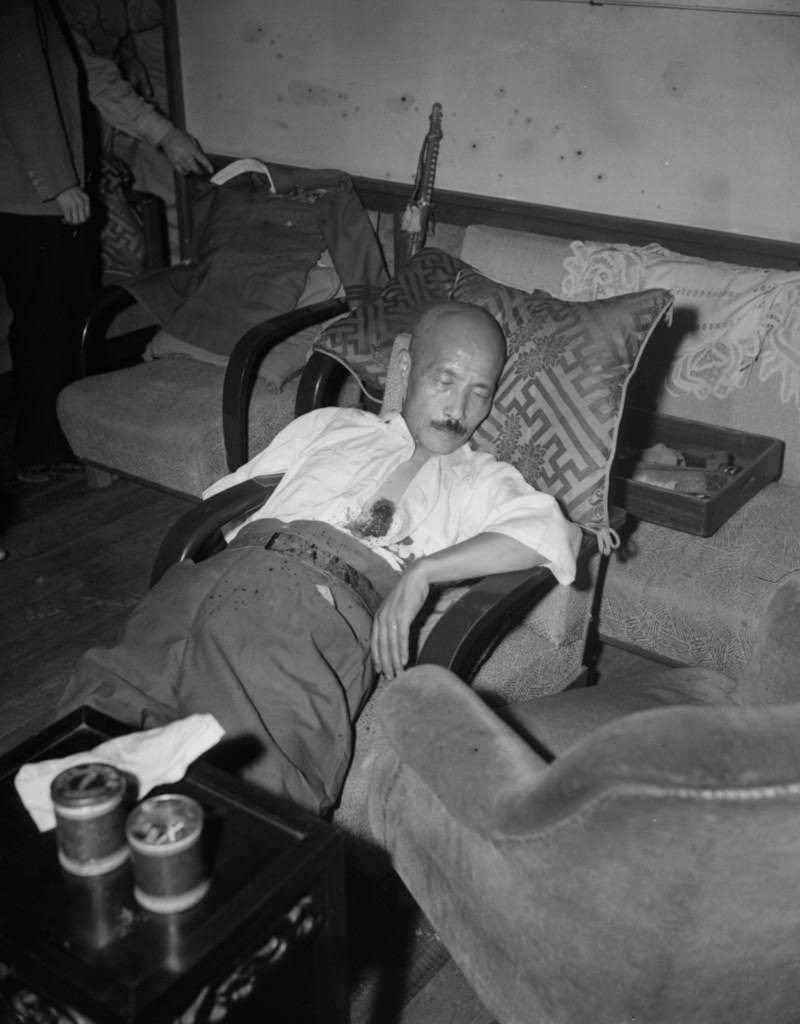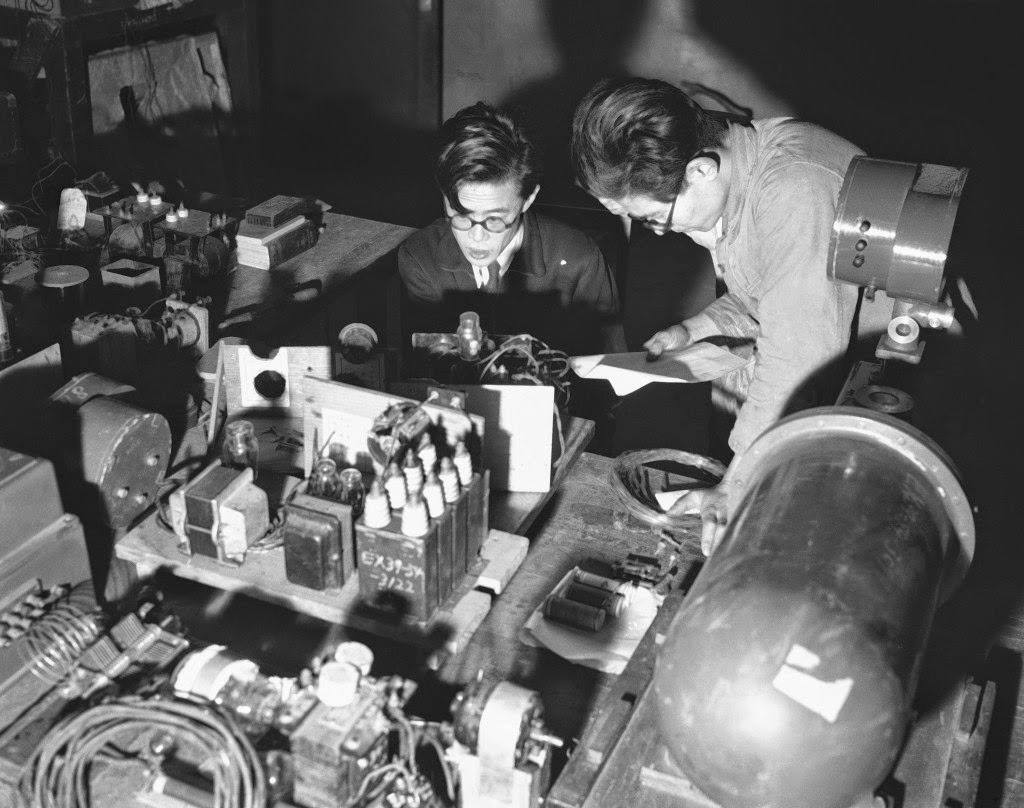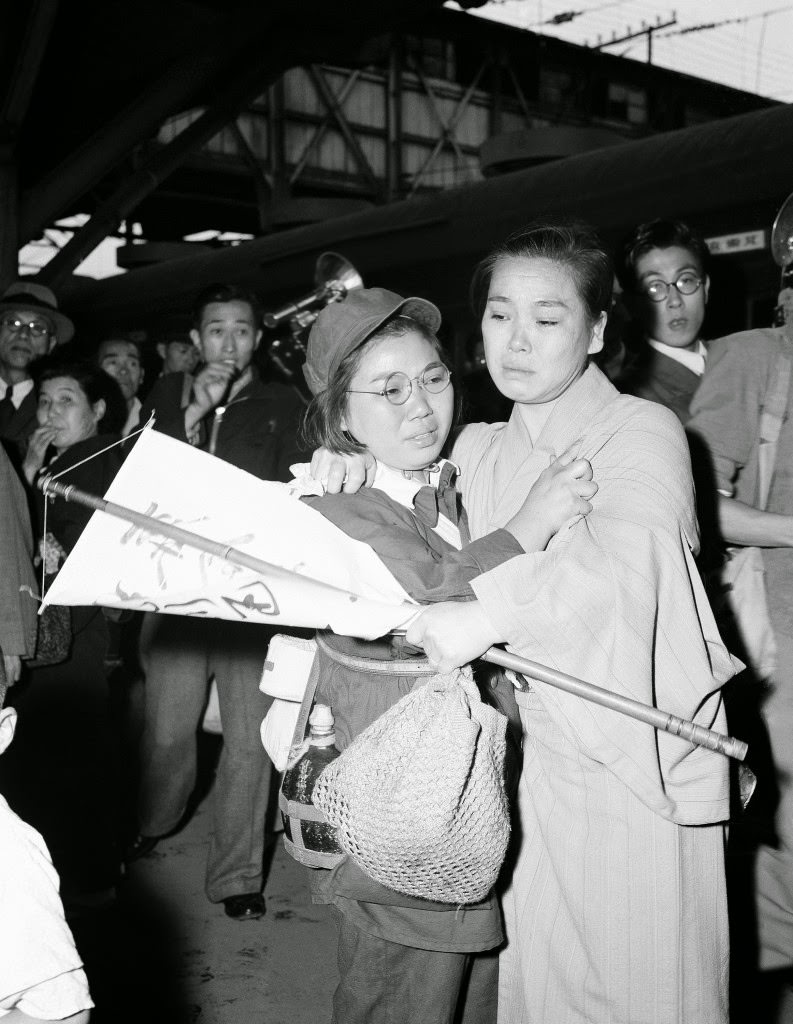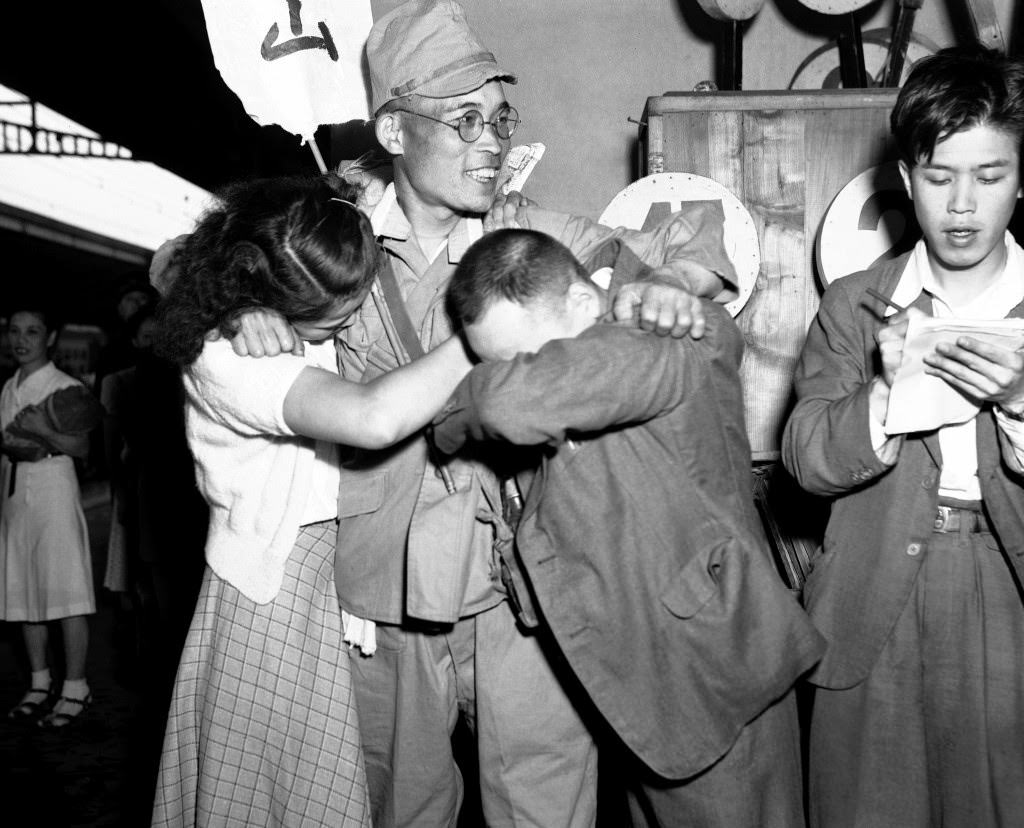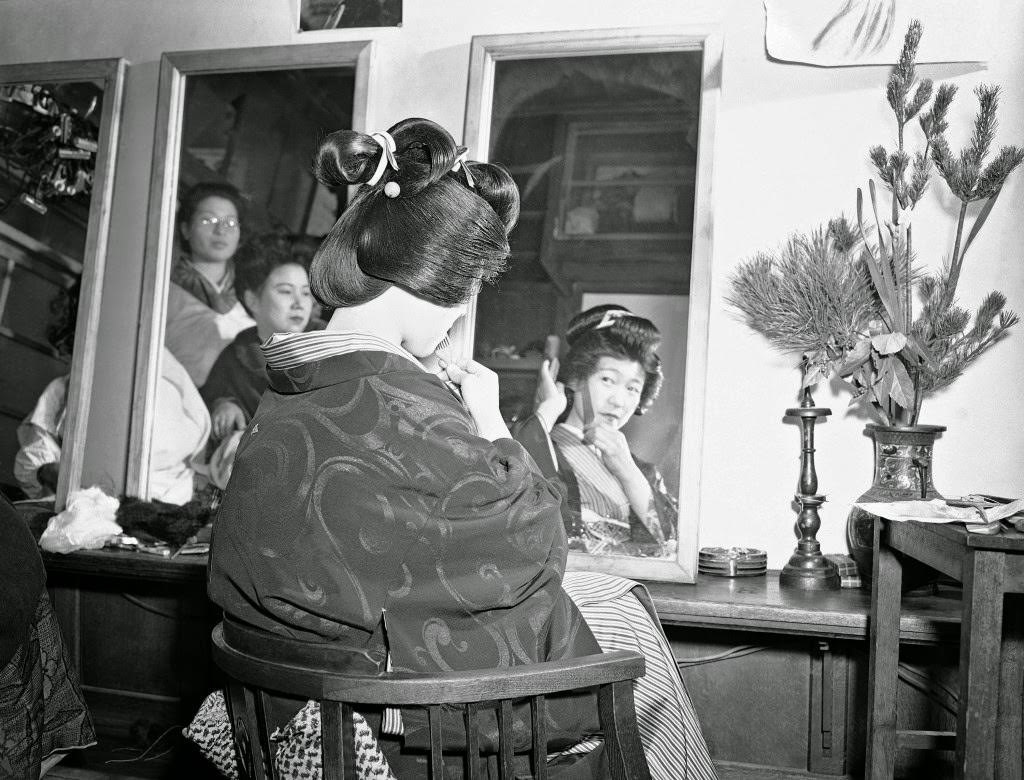Tokyo in the immediate aftermath of World War II was a city transformed, a stark contrast to the bustling metropolis it once was. The devastation from the bombings was immense, leaving scars that would take decades to heal. Yet, amidst the ruins, people of Tokyo embarked on a journey of rebuilding and recovery.
Scars of War
In 1945, Tokyo was a city in ruins. The devastating air raids had reduced vast swathes of the city to rubble, leaving countless homes and businesses destroyed. The landscape was dotted with burnt-out buildings, twisted metal, and debris. The iconic landmarks that once defined the city’s skyline were now mere skeletons of their former selves. The physical scars of war were a constant reminder of the trauma and suffering endured by the people of Tokyo..
People emerged from shelters and makeshift homes to begin the arduous task of rebuilding their lives. The streets were filled with the sounds of hammers and saws as people salvaged what they could from the wreckage. Food was scarce, and necessities like water and electricity were often unavailable. Yet, the people of Tokyo persevered, drawing strength from their collective spirit and determination to overcome adversity.
Read more
Black Markets and Bartering
The official economy was in shambles, but a thriving black market emerged to meet the needs of the people. Bartering became a common way of exchanging goods and services. People traded food, clothing, and other essentials, creating a makeshift economy that helped sustain the city during this difficult time. The black markets also provided a source of income for many, who sold salvaged goods or offered their skills and services.
Occupation and Reconstruction
With the end of the war, Japan came under Allied occupation. The U.S. military established a presence in Tokyo, overseeing the demilitarization and democratization of the country. While the occupation brought its own challenges, it also provided much-needed resources and assistance for reconstruction. The U.S. government implemented programs to help rebuild infrastructure, provide food aid, and restore basic services.
Education was a priority in postwar Tokyo. Schools were rebuilt, and education reforms were implemented. These changes aimed to promote democracy and critical thinking. As a result, a new generation of educated and innovative individuals emerged. Universities and technical schools trained engineers, scientists, and business leaders who would drive Japan’s future growth.
The process of rebuilding Tokyo was slow and arduous. The city’s infrastructure was in ruins, and resources were scarce. However, the people of Tokyo were determined to create a better future for themselves and their children. Small businesses began to reopen, offering essential goods and services. Schools and hospitals gradually resumed operations, providing education and healthcare to the community. Public transportation systems were slowly restored, connecting neighborhoods, and facilitating movement within the city.


















